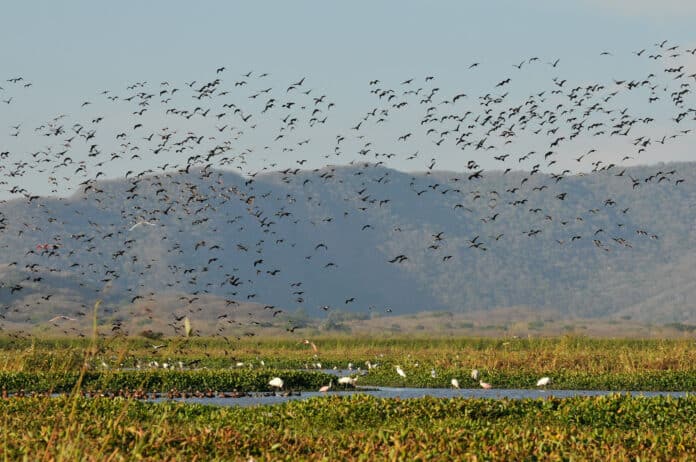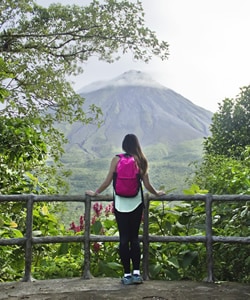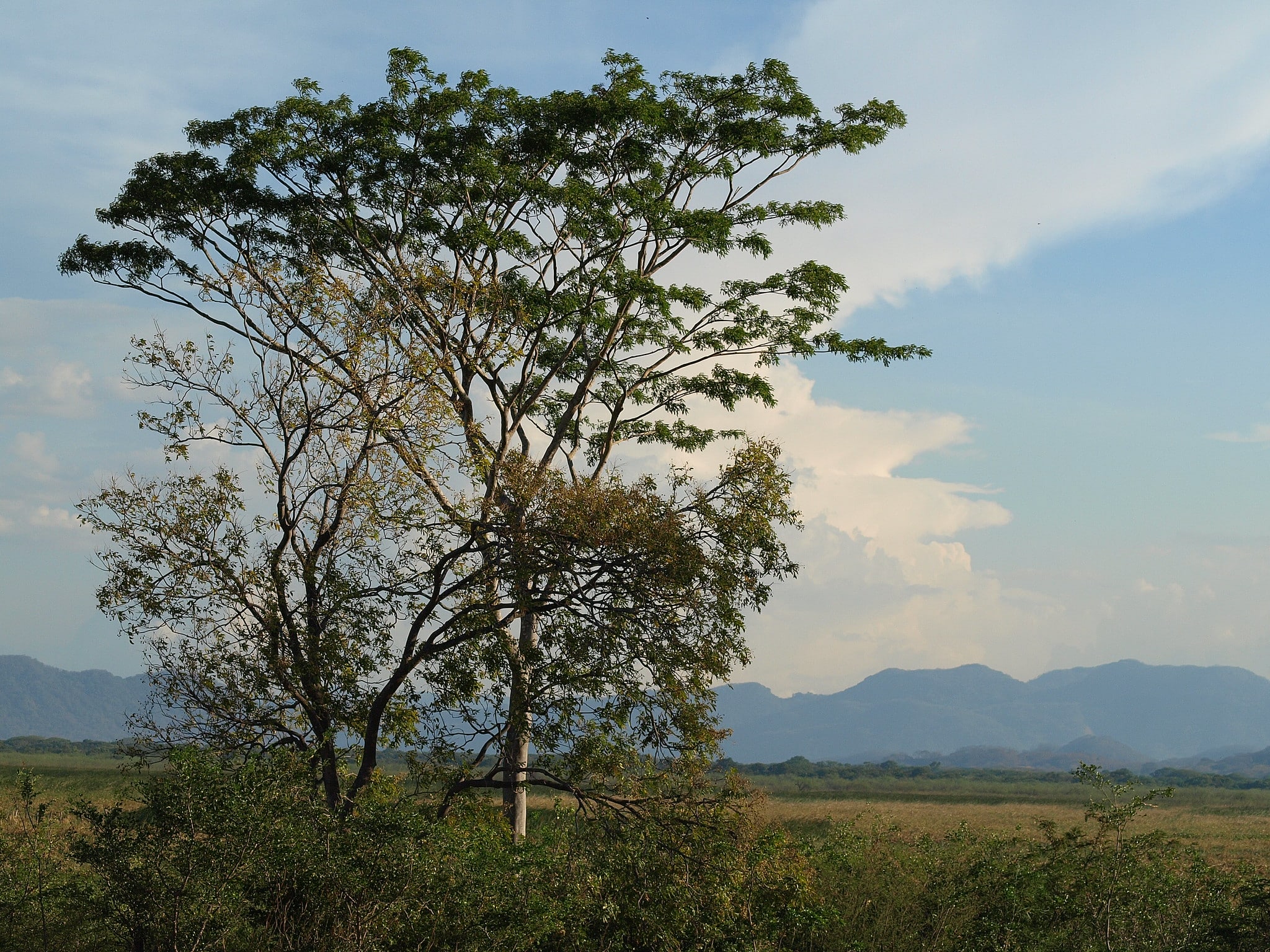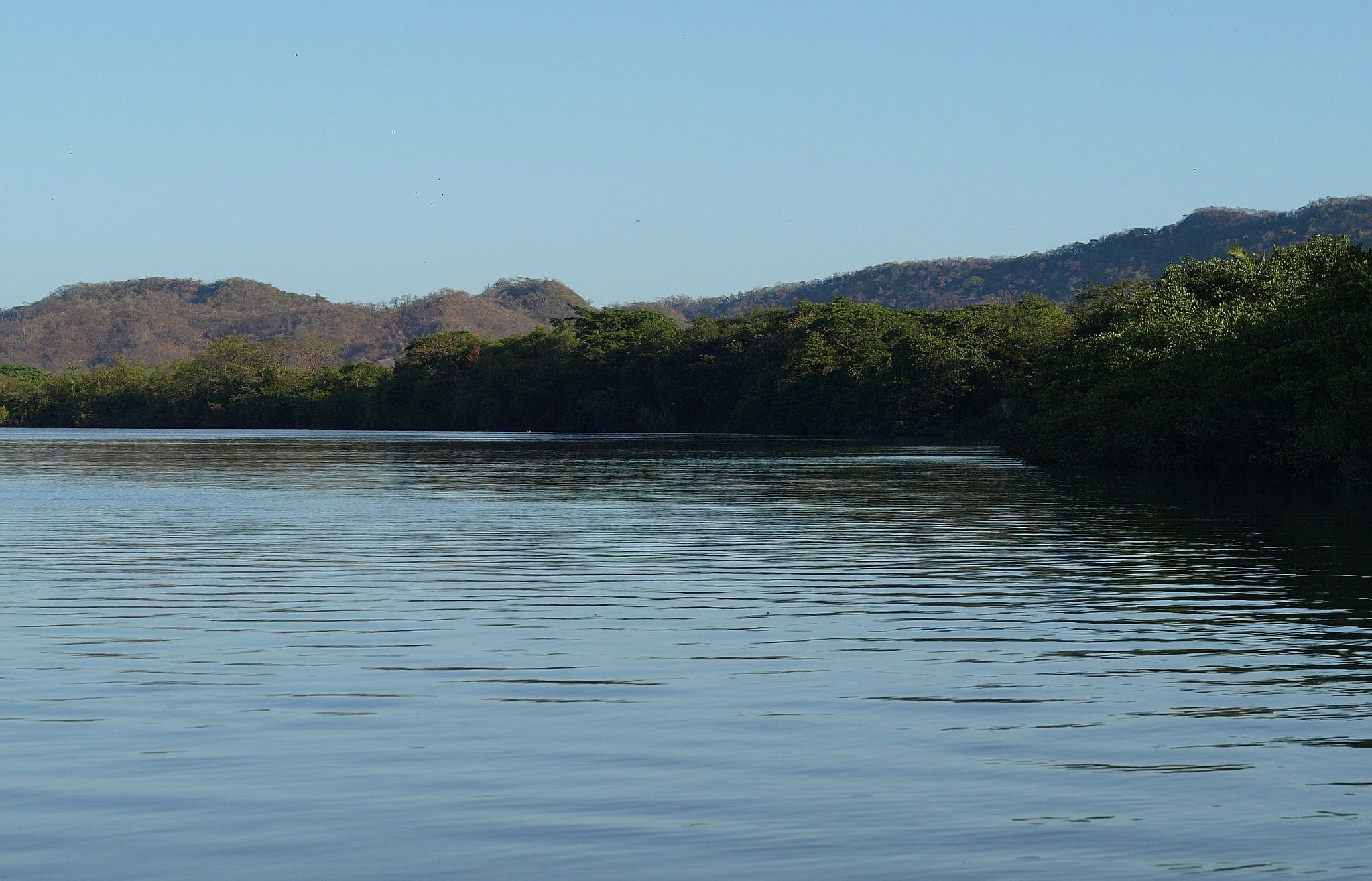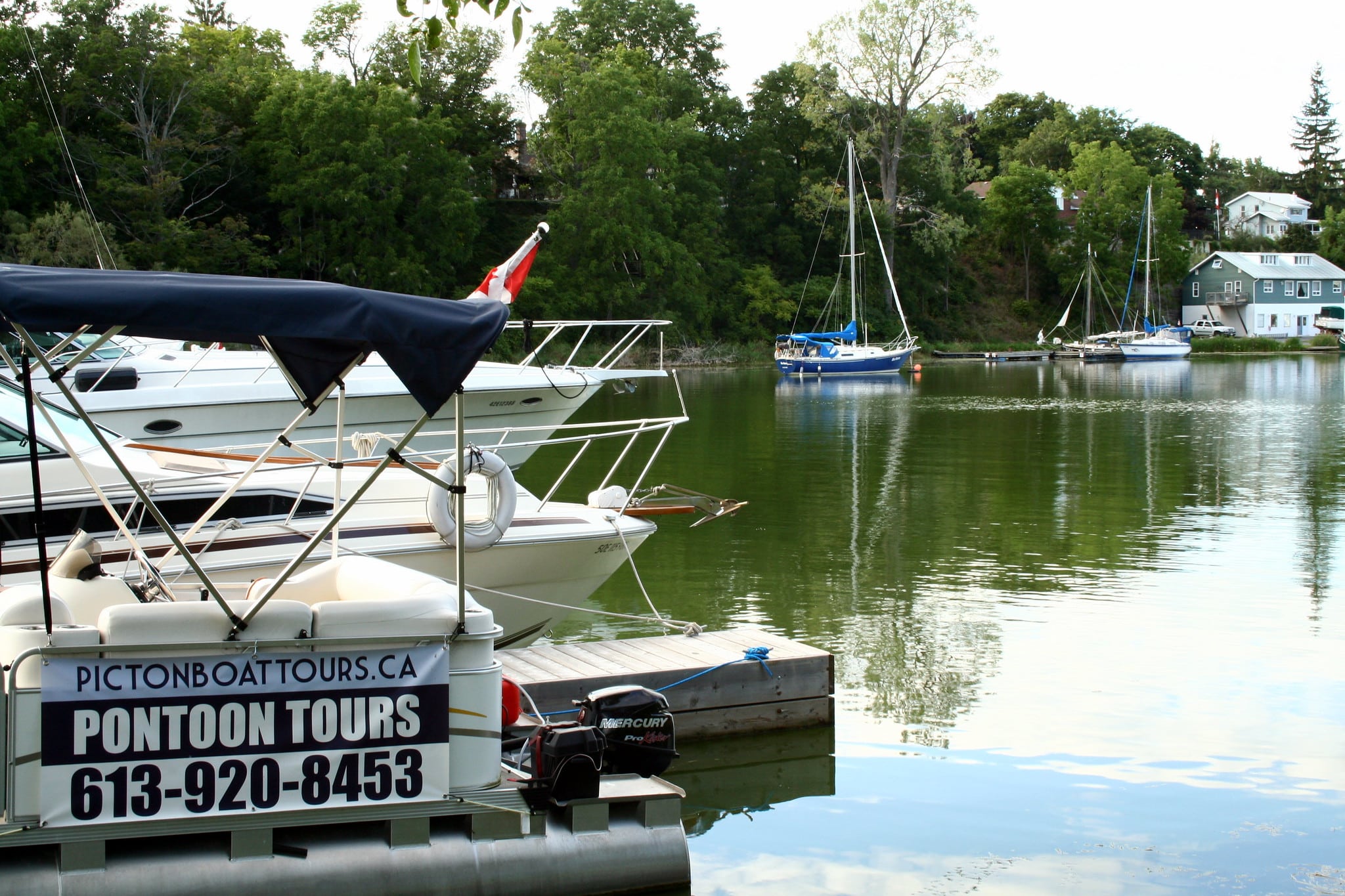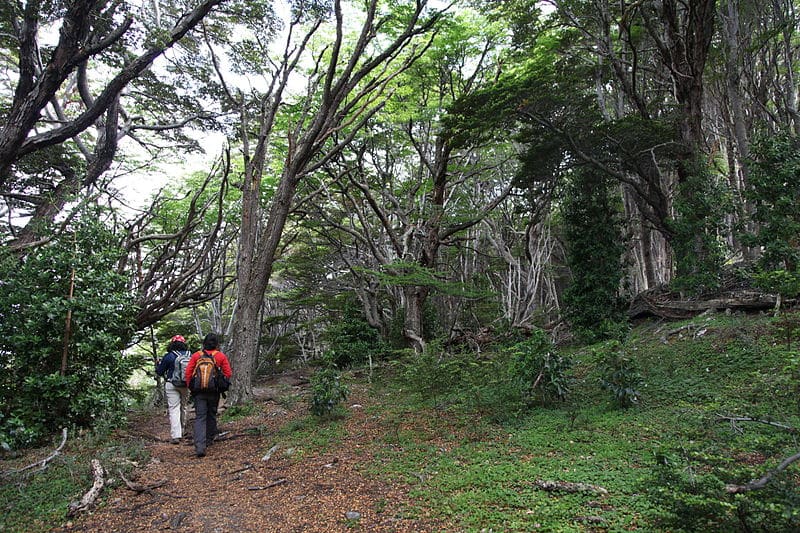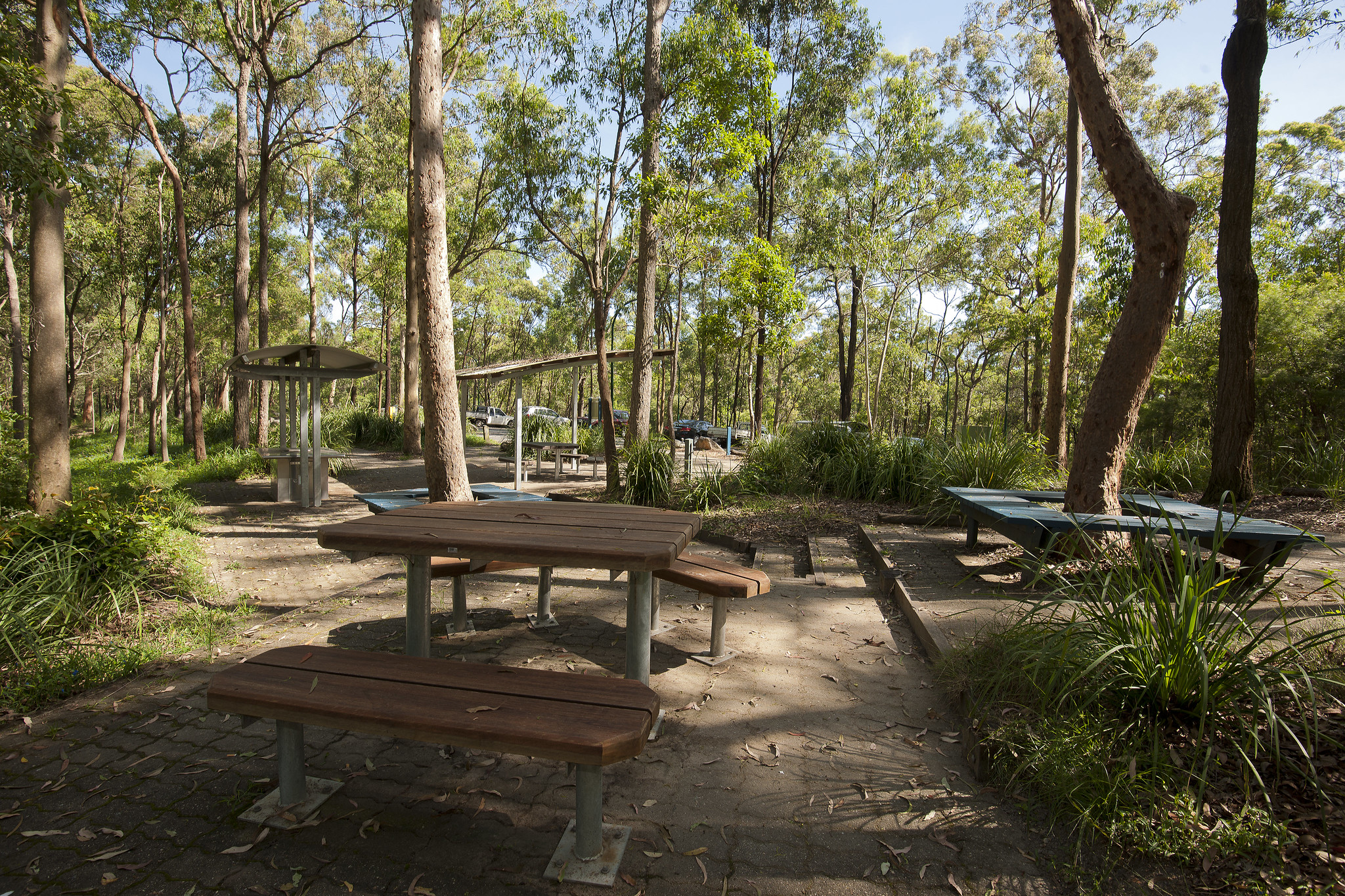Palo Verde National Park is a captivating testament to the richness of Costa Rica’s natural heritage. This expansive sanctuary stands as a beacon of biodiversity and ecological significance.
From its diverse habitats to its vital role in avian migration patterns, Palo Verde National Park offers a profound glimpse into the intricate tapestry of life thriving within its boundaries.
Embark on an enlightening exploration of this ecological oasis, delving into its unique features and the remarkable species that call it home.
FREE! Travel eBook to discover Costa Rica!
Grab the eBook with the exhaustive brochure for your Costa Rica Vacation All-Inclusive.
*By clicking send, you agree to receive information about products, services, promotions, or recommendations via email.
Information about Palo Verde National Park
Lo que vas a ver en este artículo
- 1 Information about Palo Verde National Park
- 2 A Historical Journey of Palo Verde National Park
- 3 What can you do in Palo Verde National Park?
- 3.1 1. Wings in the Wild: Birdwatching in Palo Verde National Park
- 3.2 2. River Odyssey: Boat Tours through Palo Verde National Park
- 3.3 3. Trailblazing Adventures with Hiking Escapades
- 3.4 4. Wild Encounters: Wildlife Watching in Palo Verde National Park
- 3.5 5. Picnic Paradise and Relaxing Getaways in Palo Verde National Park
- 4 Botanical Bounty: Exploring Flora and Fauna
- 5 How do you get to Palo Verde National Park?
- 6 Discovering the Jewel of Costa Rica
Palo Verde National Park encompasses a mosaic of wetlands, dry forests, and savannas, creating a haven for an astonishing diversity of flora and fauna.
Covering an area of approximately 45,492 acres (18,424 hectares), Palo Verde National Park is a vital refuge for resident and migratory bird species. The park’s wetlands, especially the Tempisque River basin, serve as crucial feeding and breeding grounds for numerous avian species, making it a prime destination for birdwatchers and ornithologists.
Within Palo Verde National Park, visitors can witness the intricate interplay between various ecosystems, each supporting many life forms adapted to its specific conditions.
One of the most iconic features of Palo Verde National Park is its abundance of waterfowl, including herons, egrets, ibises, and storks, among many others. These birds find sanctuary in the park’s wetlands, utilizing the rich resources available throughout different seasons.
Such as the jabiru stork and the Central American river turtle, it is highlighting its importance for conservation efforts in the region.
Palo Verde National Park visitors can explore its wonders through guided tours, boat trips along the Tempisque River, or hiking trails that wind through the diverse landscapes.
These experiences offer opportunities to observe wildlife up close and learn about the park’s ecological significance and the ongoing conservation efforts to preserve its natural treasures for future generations.
A Historical Journey of Palo Verde National Park
The history of Palo Verde National Park is deeply intertwined with the ecological evolution of the region and the efforts to preserve its natural treasures. The establishment of Palo Verde National Park dates back to 1978, when it was officially designated as a protected area by the Costa Rican government.
However, the park’s history extends far beyond its formal designation, rooted in the longstanding recognition of its ecological importance.
Originally, the land that now comprises Palo Verde National Park was used for agricultural purposes, primarily cattle ranching and farming. Over time, as the value of the area’s biodiversity became increasingly apparent, conservationists and scientists advocated for its protection to safeguard the rich ecosystems it harbored.
Through collaborative efforts between governmental agencies, conservation organizations, and local communities, Palo Verde National Park was established as a sanctuary for wildlife and a bastion of biodiversity.
The creation of Palo Verde National Park was not without its challenges. Balancing conservation needs with the demands of agricultural livelihoods requires careful negotiation and compromise.
With dialogue and cooperation, stakeholders worked together to develop sustainable land management practices, allowing conservation and agriculture to coexist harmoniously within the park’s boundaries.
What can you do in Palo Verde National Park?
Visiting Palo Verde National Park in your Costa Rica vacation all-inclusive offers many enriching experiences for nature enthusiasts and adventurers. Here are some activities to consider when exploring this biodiverse oasis:
1. Wings in the Wild: Birdwatching in Palo Verde National Park
Birdwatching in Palo Verde National Park is an extraordinary experience that allows enthusiasts to immerse themselves in the rich avian diversity of Costa Rica’s wetlands and forests.
With its strategic location along the Pacific Flyway, Palo Verde National Park is a crucial stopover point for migratory birds, making it a haven for residents and visiting species throughout the year.
One of the highlights of birdwatching in Palo Verde National Park is the chance to observe iconic waterfowl such as herons, egrets, ibises, and storks in their natural habitat. The park’s extensive wetlands provide an abundance of food and nesting sites for these aquatic birds, offering prime viewing opportunities for visitors.
Palo Verde National Park is home to a diverse array of land birds that inhabit its dry forests and savannas. From colorful songbirds like scarlet macaws and toucans to elusive raptors such as owls and hawks, the park’s varied habitats support a remarkable diversity of species.
Birdwatchers can explore the park’s trails and observation points, listening for the melodic calls of resident birds and scanning the treetops for fleeting glimpses of feathered treasures.
Guided birdwatching tours offer invaluable insights into the avian life of Palo Verde National Park, led by knowledgeable local guides passionate about sharing their expertise and enthusiasm for birding.
These tours allow visitors to learn about the species found in the park, their habitats, and behaviors, enhancing the overall birdwatching experience.
2. River Odyssey: Boat Tours through Palo Verde National Park
Embarking on a boat tour in Palo Verde National Park is an enchanting way to explore the park’s diverse ecosystems and observe its rich wildlife up close. The park’s extensive network of waterways, including the Tempisque River and various lagoons and estuaries, provides the perfect setting for a leisurely cruise through pristine wetland habitats.
During a boat tour in Palo Verde National Park, visitors can glide silently along the water’s surface, immersing themselves in the sights and sounds of nature.
With the boat tour in Palo Verde National Park you will have the chance to spot a diverse array of wildlife that calls the park home. Crocodiles sunning themselves on the riverbanks, spectacled caimans lurking in the shallows, and green iguanas basking in the sun’s warmth are just a few of the reptiles that may be encountered during the journey.
Birdwatchers will delight in observing various avian species along the shores and in the skies above Palo Verde National Park. From elegant herons and egrets stalking fish in the shallows to colorful kingfishers darting through the air, the park offers endless opportunities for birdwatching enthusiasts to add new species to their life lists.
If you want more information about Costa Rica, we invite you to read the next article: Poás Volcano National Park: Into the Heart of Fire.
3. Trailblazing Adventures with Hiking Escapades
Exploring the hiking trails of Palo Verde National Park is an immersive way to experience the park’s diverse landscapes and encounter its rich biodiversity firsthand. With trails winding through dry forests, savannas, and riparian habitats, hikers can explore the park’s unique ecosystems while enjoying breathtaking views and close encounters with wildlife.
Palo Verde National Park offers a variety of hiking trails suitable for hikers of all skill levels, from strolls to more challenging treks. Whether you’re seeking a short nature walk or a full-day adventure, there’s a trail to suit your preferences and time constraints.
As hikers traverse the trails of Palo Verde National Park, they are surrounded by the sights and sounds of nature. Towering trees provide shade from the tropical sun, while colorful wildflowers and ferns carpet the forest floor.
Along the way, keen-eyed observers may spot howler monkeys swinging through the canopy, white-tailed deer grazing in open clearings, or vibrant butterflies fluttering among the foliage.
From majestic raptors soaring overhead to tiny songbirds flitting among the branches, the park’s avian residents offer a symphony of sights and sounds for birdwatchers to enjoy.
Guided hikes led by knowledgeable naturalist guides provide valuable insights into the ecology and wildlife of Palo Verde National Park. These guides are skilled at interpreting the signs of the forest, pointing out hidden treasures along the trail, and sharing fascinating stories about the park’s history and conservation efforts.
4. Wild Encounters: Wildlife Watching in Palo Verde National Park
Wildlife watching in Palo Verde National Park offers an immersive and thrilling experience, allowing visitors to observe diverse species in their natural habitats.
In Palo Verde National Park you will have the chance to observe iconic mammals such as howler monkeys, white-tailed deer, and collared peccaries.
These charismatic creatures can often be spotted foraging for food or moving through the forest canopy, providing memorable sightings for visitors lucky to encounter them.
Reptile and amphibian enthusiasts will also find plenty to admire in Palo Verde National Park, with opportunities to observe species such as spectacled caimans, green iguanas, and red-eyed tree frogs.
Guided wildlife-watching tours in Palo Verde National Park offer valuable insights into the park’s ecology and provide opportunities to learn about the behavior, habitat preferences, and conservation status of the various species in the park.
Experienced naturalist guides can locate wildlife and share their knowledge with visitors, enhancing the overall wildlife-watching experience.
5. Picnic Paradise and Relaxing Getaways in Palo Verde National Park
Picnicking and relaxation in Palo Verde National Park offer visitors the perfect opportunity to unwind amidst the stunning natural beauty of Costa Rica’s wilderness. Whether you’re seeking a tranquil spot to enjoy a leisurely meal or bask in the great outdoors’s serenity, the park provides idyllic settings for picnicking and relaxation.
Throughout Palo Verde National Park, visitors will find designated picnic areas equipped with tables, benches, and barbecue grills, providing everything needed for a delightful outdoor dining experience.
Picnicking in Palo Verde National Park also allows for leisurely observation of wildlife, as many picnic areas are near prime wildlife habitats. Visitors may share their picnic spot with howler monkeys swinging through the trees, colorful birds flitting about, or even the occasional curious coatimundi or agouti searching for scraps.
For those seeking relaxation, Palo Verde National Park offers plenty of secluded spots where visitors can unwind and recharge amid the tranquility of nature. The park provides ample opportunities to escape the hustle and bustle of everyday life and find inner peace.
Palo Verde National Park’s pristine natural surroundings make it an ideal destination for meditation, yoga, or simply soaking up the sights and sounds of the wilderness.
The park’s serene ambiance, combined with the gentle rustling of leaves, the chorus of birdsong, and the occasional splash of a passing fish, creates the perfect atmosphere for relaxation and rejuvenation.
Botanical Bounty: Exploring Flora and Fauna
The flora and fauna of Palo Verde National Park form a vibrant tapestry of life, reflecting the rich biodiversity found within this protected sanctuary. Within the park’s diverse ecosystems, visitors can encounter many plant and animal species uniquely adapted to the region’s varied habitats.
In the dry forests of Palo Verde National Park, resilient plant species thrive despite the arid conditions. Trees such as the spiny cedar (known locally as “jaboncillo”), the elephant ear tree, and the Guanacaste tree dominate the landscape, providing essential habitat and sustenance for many wildlife.
These dry-adapted trees display remarkable adaptations to conserve water, such as thick bark and waxy leaves, allowing them to survive prolonged periods of drought. Along the banks of the Tempisque River and within the park’s wetlands, lush vegetation flourishes in the presence of abundant water.
Mangroves, including red and black mangrove species, create vital nursery grounds for fish and crustaceans while stabilizing the riverbanks with their extensive root systems. Water-loving plants such as water lilies, cattails, and pickerelweed thrive in shallow waters, attracting diverse aquatic species.
Palo Verde National Park is renowned for its exceptional avian diversity, drawing birdwatchers from around the world to witness the spectacle of its feathered inhabitants. The wetlands serve as crucial stopover points for migratory birds traveling along the Pacific Flyway, while resident species find refuge year-round.
This national park is home to various mammals, reptiles, and amphibians adapted to its diverse habitats. Howler monkeys swing through the forest canopy, emitting their distinctive calls, while white-tailed deer and collared peccaries forage on the forest floor.
Reptiles such as spectacled caimans and green iguanas bask in the sun along the riverbanks, while amphibians, like the red-eyed tree frog, inhabit the lush vegetation.
If you want to know more information, visit the official Costa Rica tourism website.
How do you get to Palo Verde National Park?
Palo Verde National Park is accessible by various means of transportation, each offering its unique journey to this biodiverse sanctuary.
For those arriving by air, the closest major airport to Palo Verde National Park is Liberia International Airport (LIR), located approximately 1.5 to 2 hours away by road. From Liberia, travelers can rent a car and embark on a scenic drive through the picturesque countryside of Guanacaste Province.
The route to the park takes visitors past rolling hills, verdant farmland, and quaint villages, providing a glimpse into the rural charm of Costa Rica.
Alternatively, visitors can opt for guided transportation services or private shuttles that offer convenient door-to-door transfers from major tourist destinations to Palo Verde National Park.
Many tour operators in popular tourist hubs such as Tamarindo, Liberia, and La Fortuna organize day trips or multi-day excursions to the park, providing hassle-free transportation and expert guidance.
Once near Palo Verde National Park, the final leg of the journey typically involves navigating smaller roads and dirt tracks leading to the park entrance. While some sections of the road may be rough and unpaved, the scenic beauty of the surrounding landscapes makes the drive an integral part of the adventure.
Travelers should plan accordingly, allowing ample time for the journey and preparing for the occasional detour or unexpected wildlife encounter.
Discovering the Jewel of Costa Rica
Palo Verde National Park is a testament to the remarkable beauty and biodiversity of Costa Rica’s natural landscapes. From its verdant wetlands to its sun-drenched savannas, the park offers a sanctuary for an astonishing array of plant and animal species, inviting visitors to immerse themselves in the wonders of nature.
Throughout our exploration of Palo Verde National Park, we’ve delved into its rich history, marveled at its diverse flora and fauna, and discovered the myriad activities available to visitors.
By fostering a deeper appreciation for its natural wonders, supporting sustainable tourism practices, and advocating for conservation efforts, we can ensure that this jewel of Costa Rica remains a vibrant and thriving sanctuary for years to come.
Embrace the adventure, savor the experiences, and let the spirit of Palo Verde National Park guide you on an unforgettable odyssey into the heart of Costa Rica’s wilderness.
If you want more information about Costa Rica, we invite you to read the next article: Tenorio Volcano National Park: Costa Rica’s Wild Heart.
